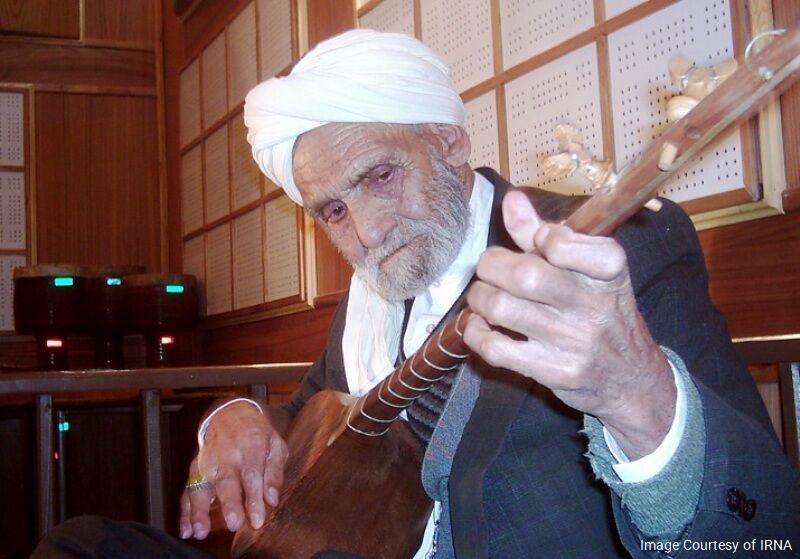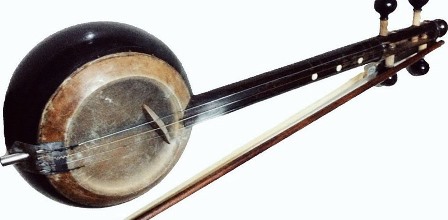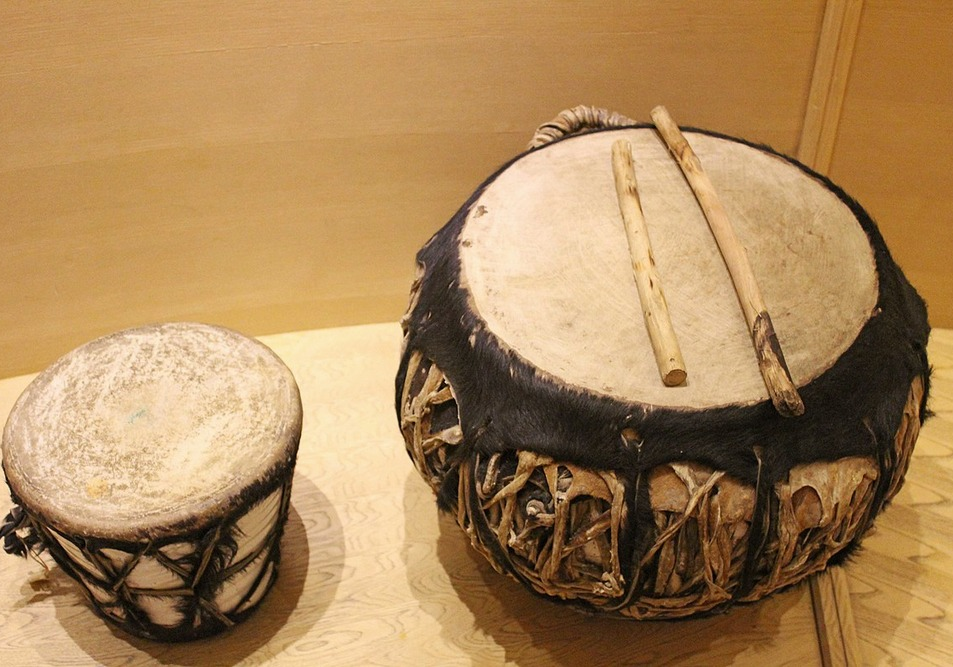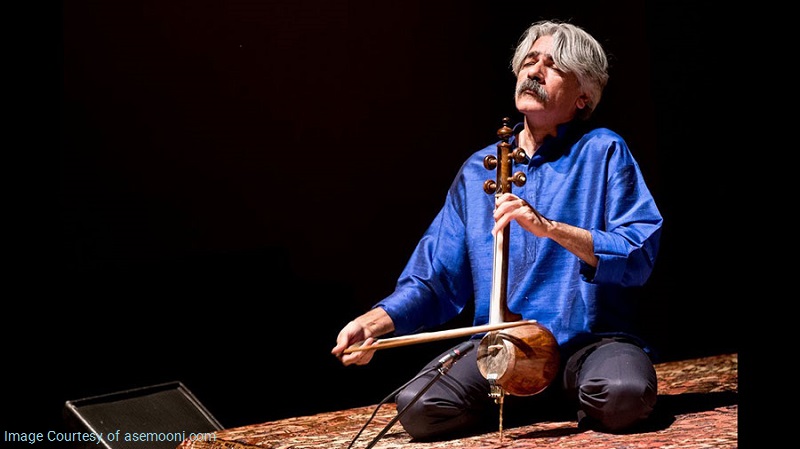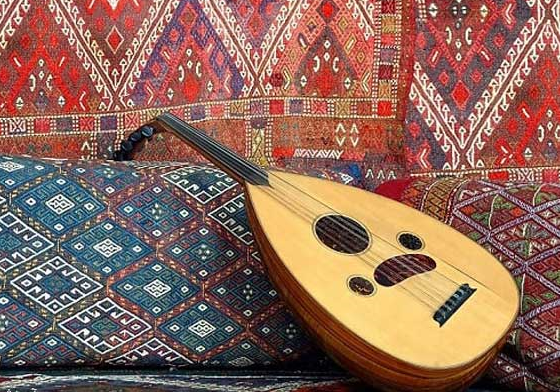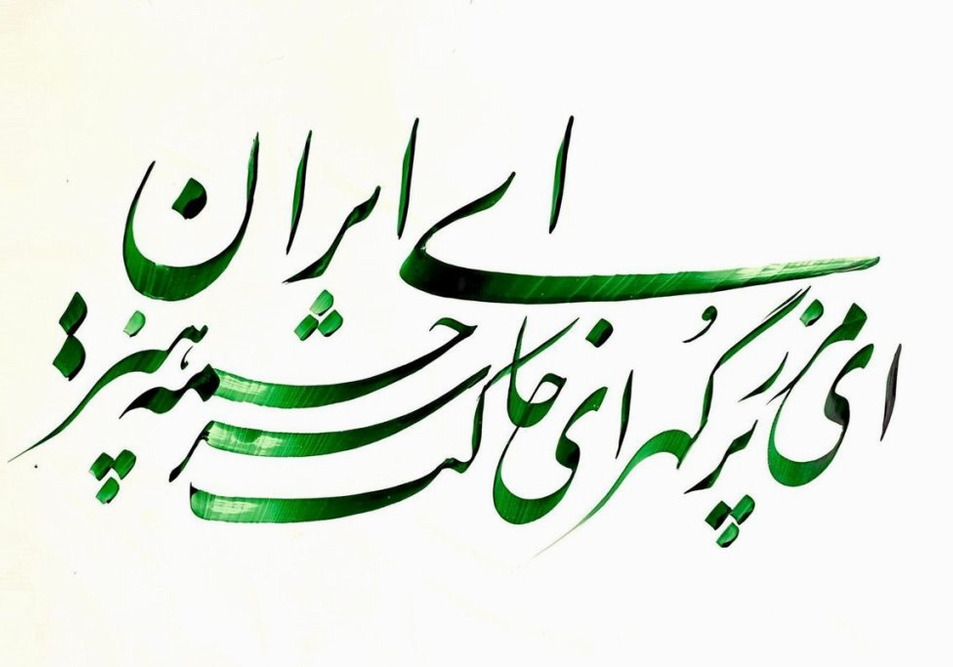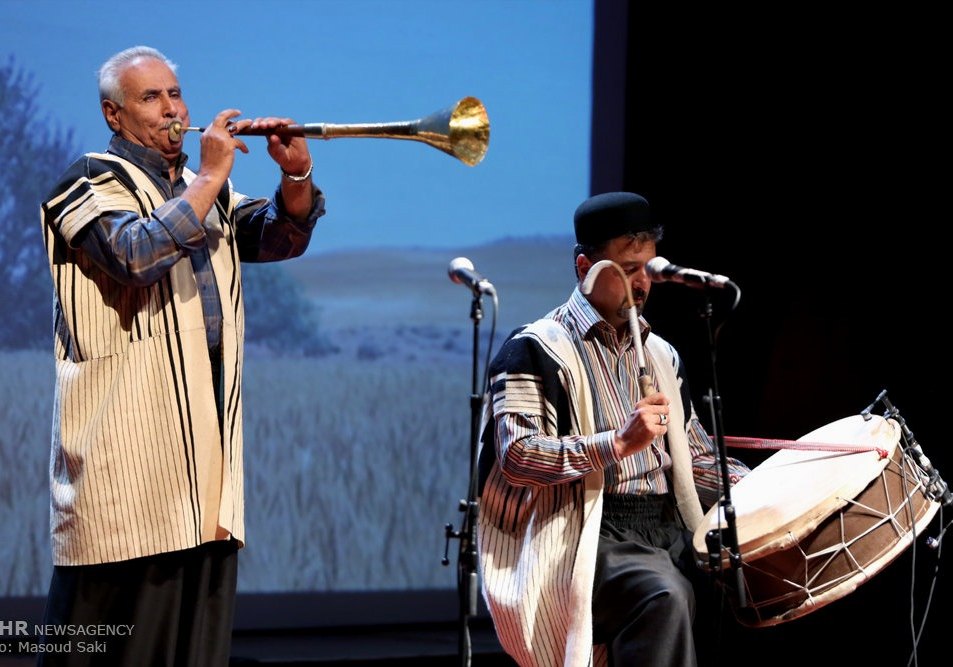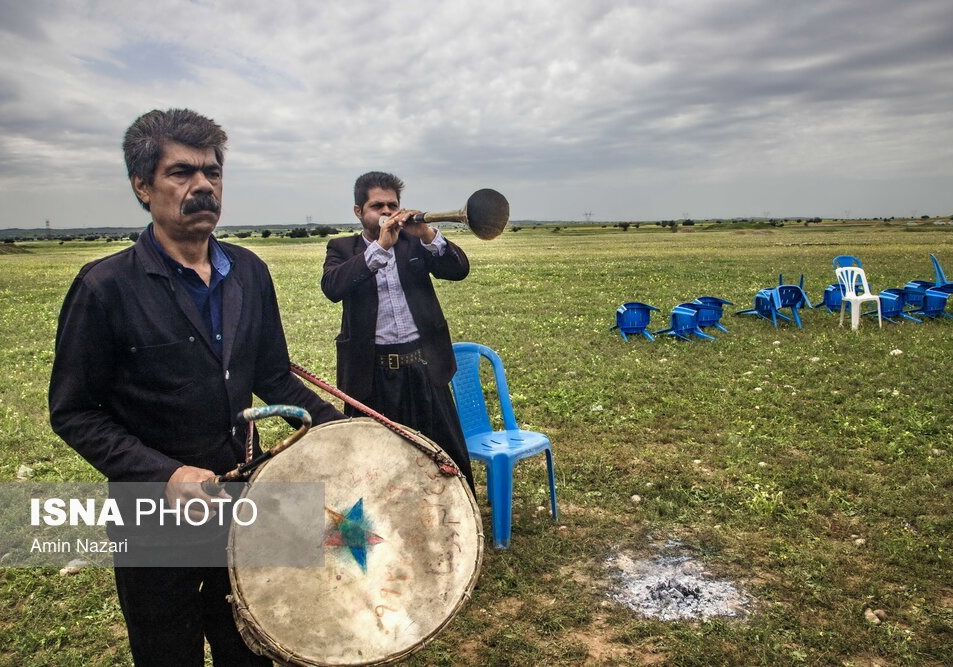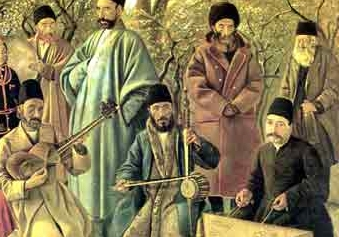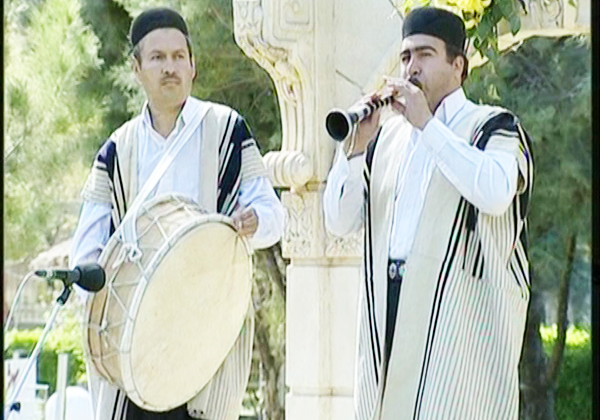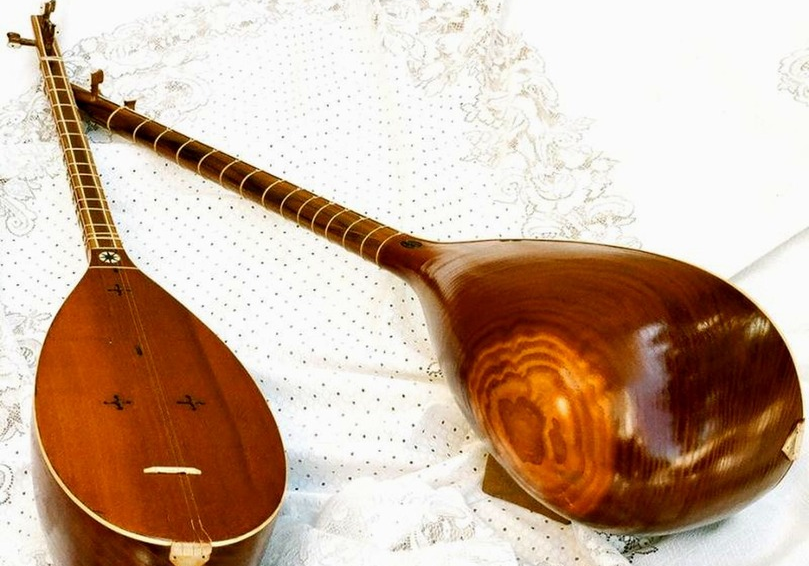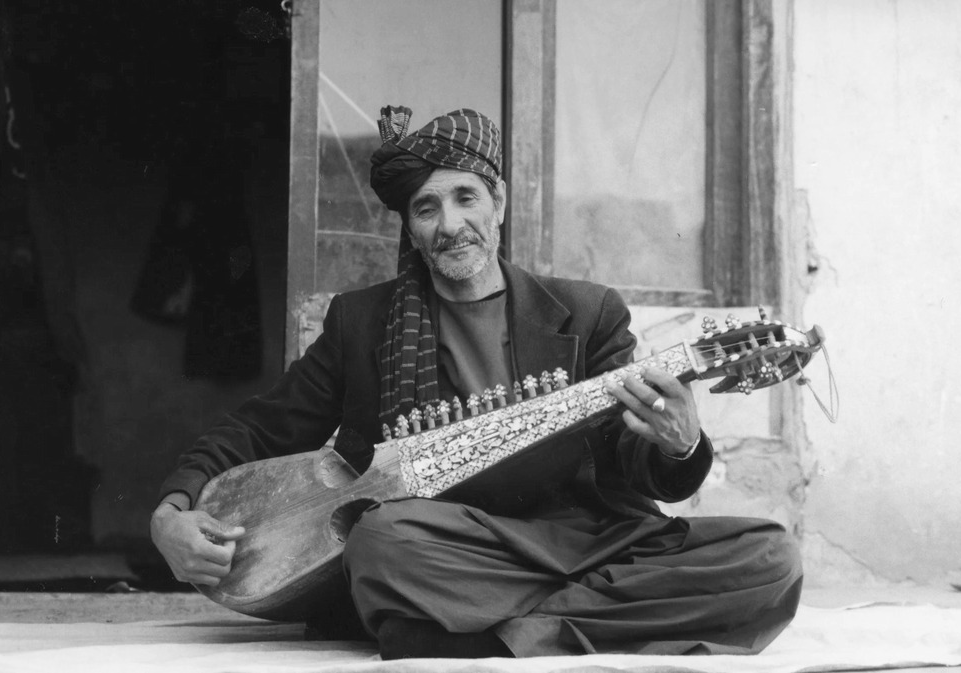
Kurdish Music
Kurdish Music
Like other regions of Iran, Kurdistan has its own music that has evolved in alignment with its culture and geography. In this music, special tunes and instruments are used, knowing which will help to know the lifestyle and history of this great community. Kurdish music is so connected with the life of the people of the regions that can be considered an inseparable part of it.
Musicologists divide Kurdish music into two branches, classical and modern. Since Kurds are present in many regions of West Asia, traces of this music can be seen in the culture of many countries.
The Contents of Kurdish Music
A significant part of these songs in Kurdish music have epic content and have been passed down from one generation to another since the distant past. Apart from the epic, anecdotes and stories about heroes and romances also form some contents of Kurdish music.
“Kavis Agha” (1889 to 1936 AD) was one of the most famous Kurdish songwriters, whose poems and songs are very popular among Kurds.
Kurdish Musical Instruments
A variety of wind, percussion, and string instruments are used in Kurdish music, some of which are:
• Daf: This instrument, which is included in the category of percussion instruments, has a special place in Kurdish music. From the distant past, master Kurdish daf players performed especially in celebration gatherings. One of the reasons for the widespread attention to the daf in Kurdistan is attributed to the existence of mystical rituals in this region. Due to the growing interest of people in tombak, daf was somewhat neglected a few decades ago, but with the efforts of some local figures, like Bijan Kamkar, this instrument regained its popularity throughout Iran.
Balaban: This type of wind instrument consists of two reeds of approximately 35 cm long, with seven holes on each reed. Although this type of instrument is popular in Azari regions, too, it is also used in Kurdistan. According to some historical documents, this instrument has been used since the first centuries after the advent of Islam in Iran.
• Shimshal: This wind instrument is a metal reed that is mostly played in Kurdistan. Some people call this instrument the shepherd’s reed instrument, but its usage goes beyond that! Shamshal is used for the performance of local Kurdistan tunes and is the mainstay of many celebrations and weddings. Shimshal is usually played along with drums and tambourine to perform Kurdish folk dance. Shimshal is also used in mourning ceremonies.
Ghader Abdollahzadeh (1925 –2009), also known as Qale Mere, was a master in playing Shimshal and enjoyed great popularity among the Kurdish people of Iran.
Divan: A very popular musical instrument among Kurds, is considered to be a musical instrument from the Tanbur family, which has nine or seven strings. In the 9-string type, the strings are arranged in sets of three, and in the 7-string type, they are placed together and tuned.
• Naqareh or Naqara: Although naqareh is not unique to Kurdistan, a special type of it is used in this region, which is bigger than the ones used in northern Iran. In Kurdistan, sometimes a naqareh is tied to a horse and the musician plays it while riding the horse.
In addition to these, reeds, sorna, nayeh, dohol, tombak, tanbur, fiddle, and dotar are also used in Kurdish music. Despite the fact that dohol is used in the music of different regions of Iran, the Kurdish dahl is of medium size, and like everywhere else, it is played along with sorna.
Like other regions of Iran, Kurdistan has its own music that has evolved in alignment with its culture and geography. In this music, special tunes and instruments are used, knowing which will help to know the lifestyle and history of this great community.
| Name | Kurdish Music |
| Country | Iran |
| Works | folk music |
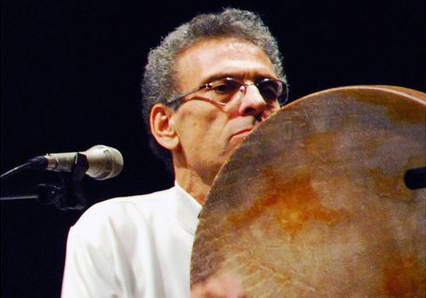

Choose blindless
Red blindless Green blindless Blue blindless Red hard to see Green hard to see Blue hard to see Monochrome Special MonochromeFont size change:
Change word spacing:
Change line height:
Change mouse type:
